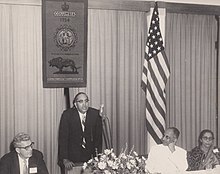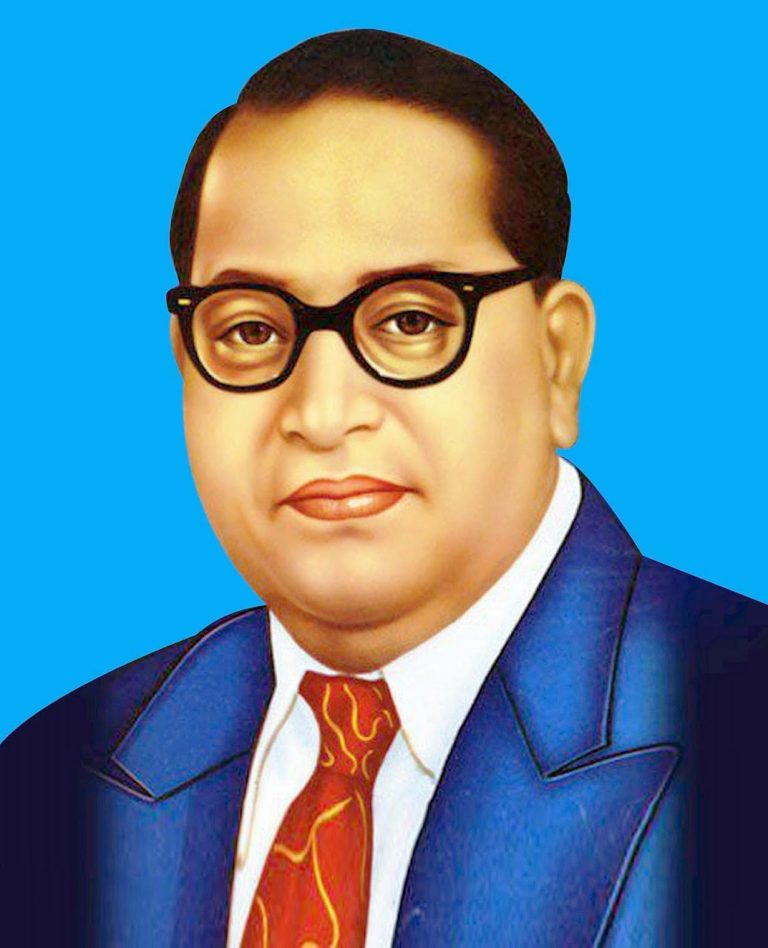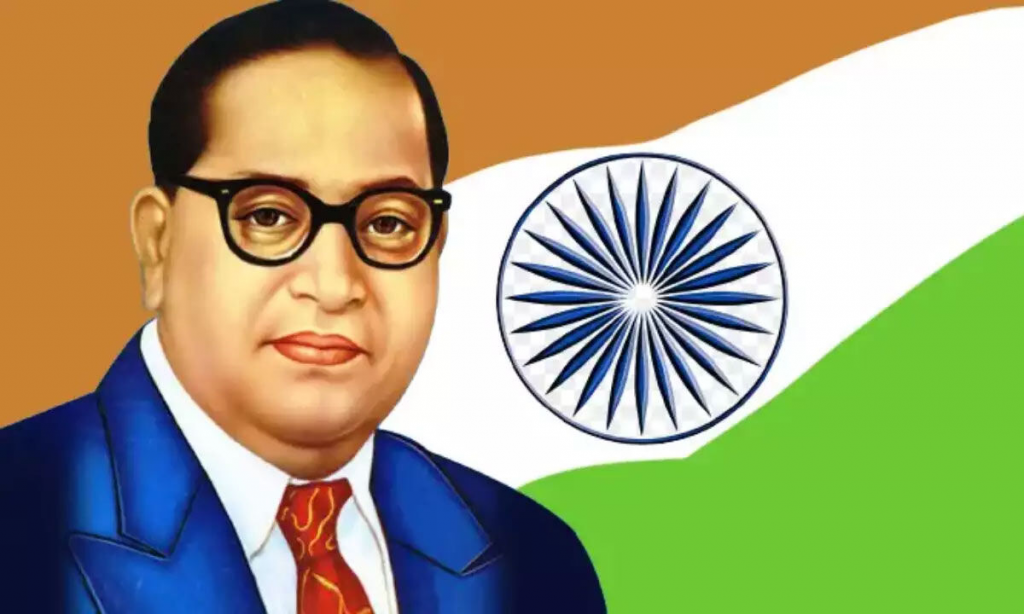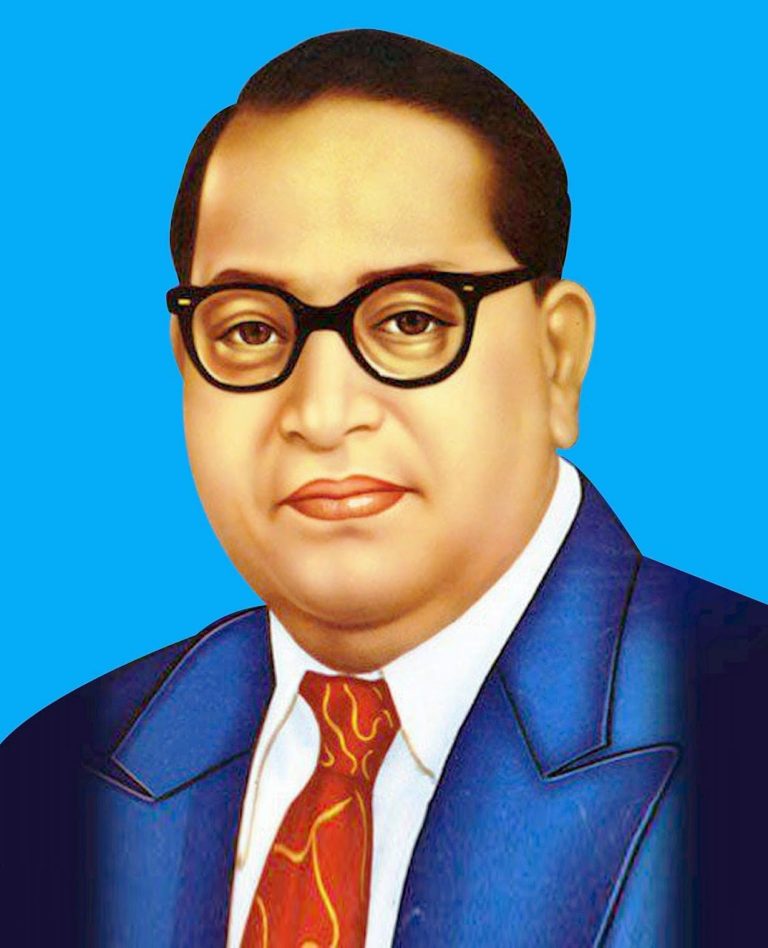
Dr. B.R. Ambedkar had a remarkable political career as a social reformer, economist, and principal architect of the Indian Constitution. His journey in politics was deeply tied to his mission for the upliftment of the Dalits (Scheduled Castes) and other marginalized communities. Here’s an overview of his political career:
Early Political Involvement (1920s-1930s)
- Formation of the Bahishkrit Hitakarini Sabha (1924): Ambedkar founded this organization to promote education and socio-economic development among the Dalits.
- Simon Commission (1928): He submitted a memorandum advocating separate electorates for Dalits.
- Round Table Conferences (1930-1932): Represented the Depressed Classes and demanded separate political rights.
- Poona Pact (1932): After a fast unto death by Mahatma Gandhi, Ambedkar agreed to reserved seats instead of separate electorates for Dalits.
Formation of Political Parties
- Independent Labour Party (1936): Focused on labor rights and Dalit welfare.
- Scheduled Castes Federation (1942): Aimed at representing the interests of Dalits in politics.
Role in Independent India
- First Law Minister of India (1947-1951): Played a crucial role in framing the Indian Constitution.
- Architect of the Constitution: Advocated for equality, fundamental rights, and the abolition of untouchability (Article 17).
- Resigned from Cabinet (1951): Due to differences over Hindu Code Bill, which aimed to grant equal rights to women.
Later Political Initiatives
- Founded the Republican Party of India (1956): Laid the foundation for a new political movement before his death.
- Converted to Buddhism (1956): Inspired Dalits to embrace Buddhism as a way to escape caste oppression.
Dr. Ambedkar’s political legacy continues to influence Indian politics, especially in Dalit and social justice movements.


